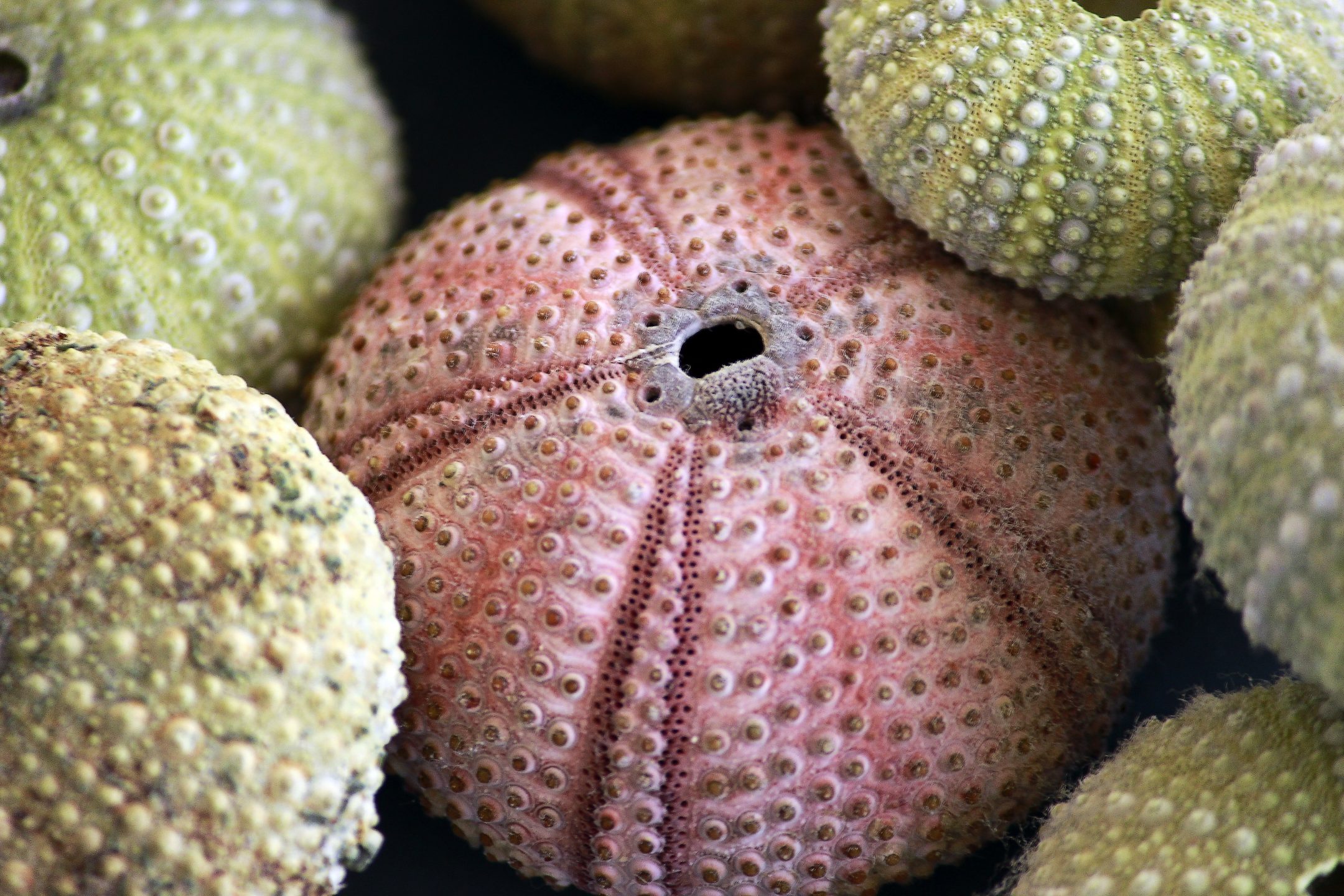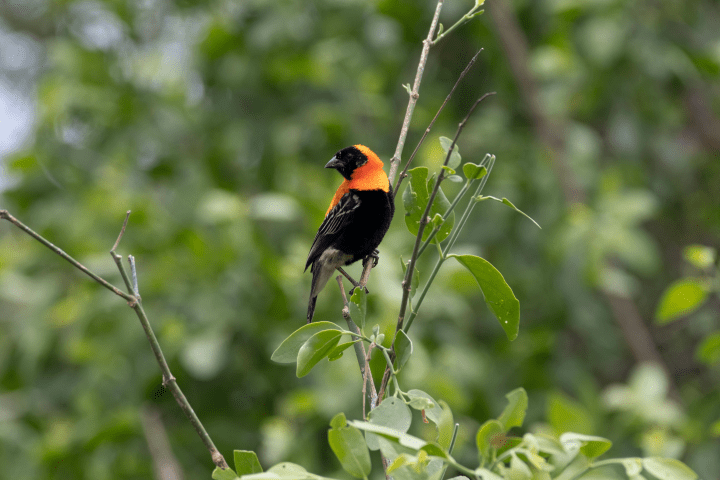Protect From Animals
Animals–organisms that range from microscopic to larger than a bus–embody a wide variety of harms to living systems, including other animals. They threaten through predation, herbivory, defense, and parasitism, and they compete for resources such as water, nutrients, and space. Any given living organism commonly faces threats from a variety of animals, requiring strategies that effectively defend from each. Trout and other bony fish, for example, escape predators by having scales made of very thin, flake-like pieces of bone covered with slippery mucus. They also have behavioral strategies such as camouflage, fast swimming, and twisting and turning to achieve release from a predator’s grip.
Manage Impact
An impact is a high force or mechanical shock that happens over a short period of time, such as a hammer hitting a nail rather than a hand pushing slowly against a wall. Because of their speed and force, impacts don’t allow materials to slowly adjust to the force, which can lead to cracks, ruptures, and complete breakage. Therefore, living systems have strategies that can absorb, dissipate, or otherwise survive that force without the need to add large amounts of material. For example, the Toco toucan’s large beak is very lightweight, yet can withstand impacts because it’s made of a composite material with rigid foam inside and layers of a hard, fibrous material outside.
Manage Compression
When a living system is under compression, there is a force pushing on it, like a chair with a person sitting on it. When evenly applied to all sides of a living system, compression results in decreased volume. When applied on two sides, it results in deformation, such as when pushing on two sides of a balloon. This deformation can be temporary or permanent. Because living systems must retain their most efficient form, they must ensure that any deformation is temporary. Managing compression also provides an opportunity to lessen the effects of other forces. Living systems have strategies to help prevent compression or recover from it, while maintaining function. For example, African elephant adults weigh from 4,700 to 6,048 kilograms. Because they must hold all of that weight on their four feet, the tissues of their feet have features that enable compression to absorb and distribute forces.
Prevent Deformation
When a living system undergoes compression, tension, shear, bending, or twisting, its internal inter-molecular forces can often resist these forces and even change shape temporarily, returning to the original shape when the forces stop. However, if the force is too strong or lasts too long, permanent deformation or structural failure can occur, resulting in death. Therefore, living systems have strategies to resist deformation or help ensure limited deformation. For example, bones have thin crystals and proteinaceous fibers that provide strength and flexibility, protecting them from forces that would otherwise cause deformation on a daily basis.
Prevent Fatigue
When materials that comprise living systems are subjected to repeated loads, they can weaken over time. This is called fatigue and it can lead to cracks and eventually failure. However, fatigue doesn’t occur just anywhere on a material; the cracks usually start in areas subjected to elevated local stresses. Therefore, living systems often employ shapes, materials, and/or smooth transitions to decrease the potential for fatigue. An example of using shape is found in brown algae, an intertidal seaweed. Rather than being bent by the constant flow forces of waves and currents, its shape causes it to be pulled. This reduces stress by roughly 800 times compared to another species that bends with the flow, ultimately reducing structural fatigue.





